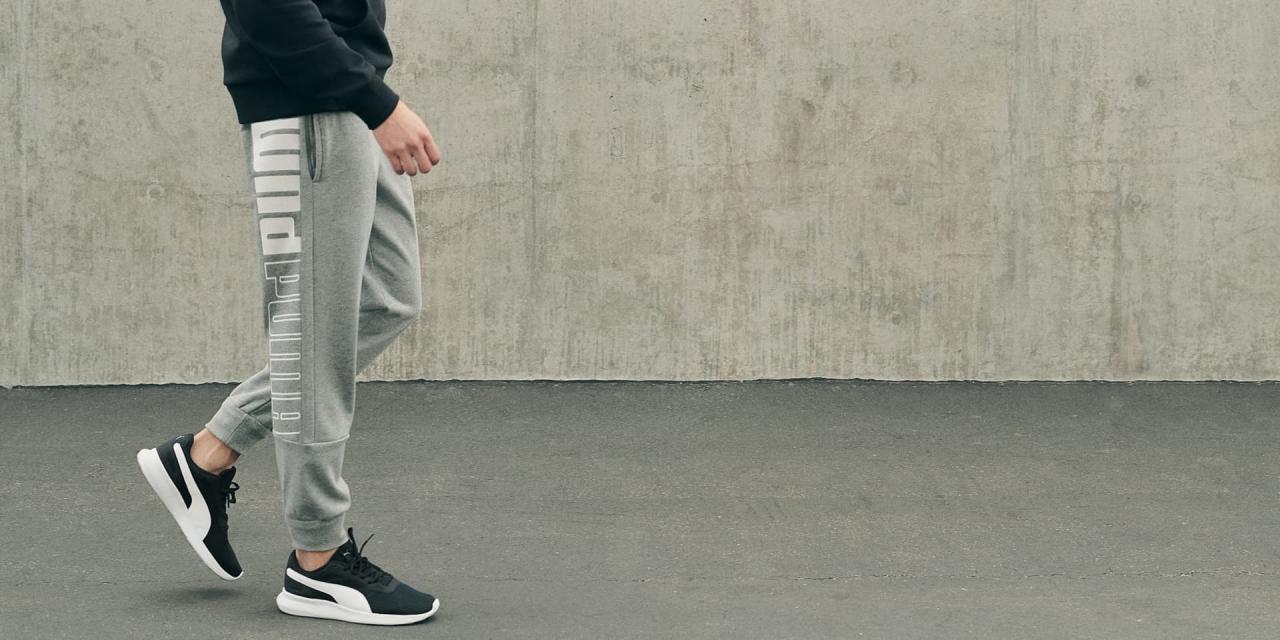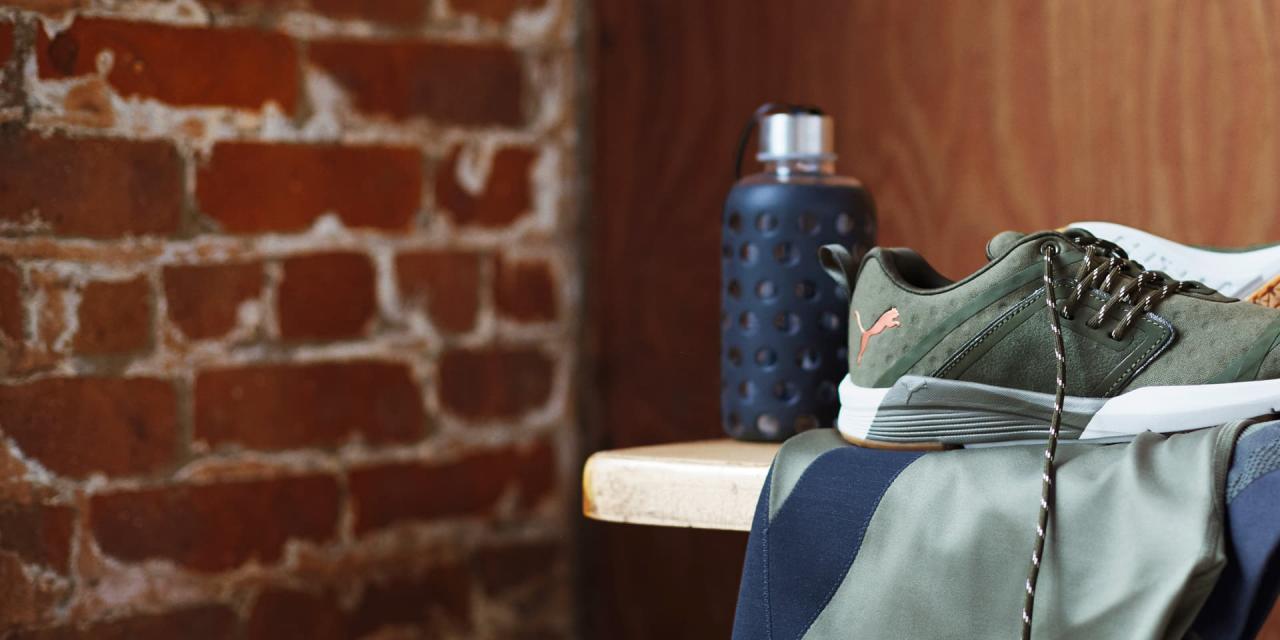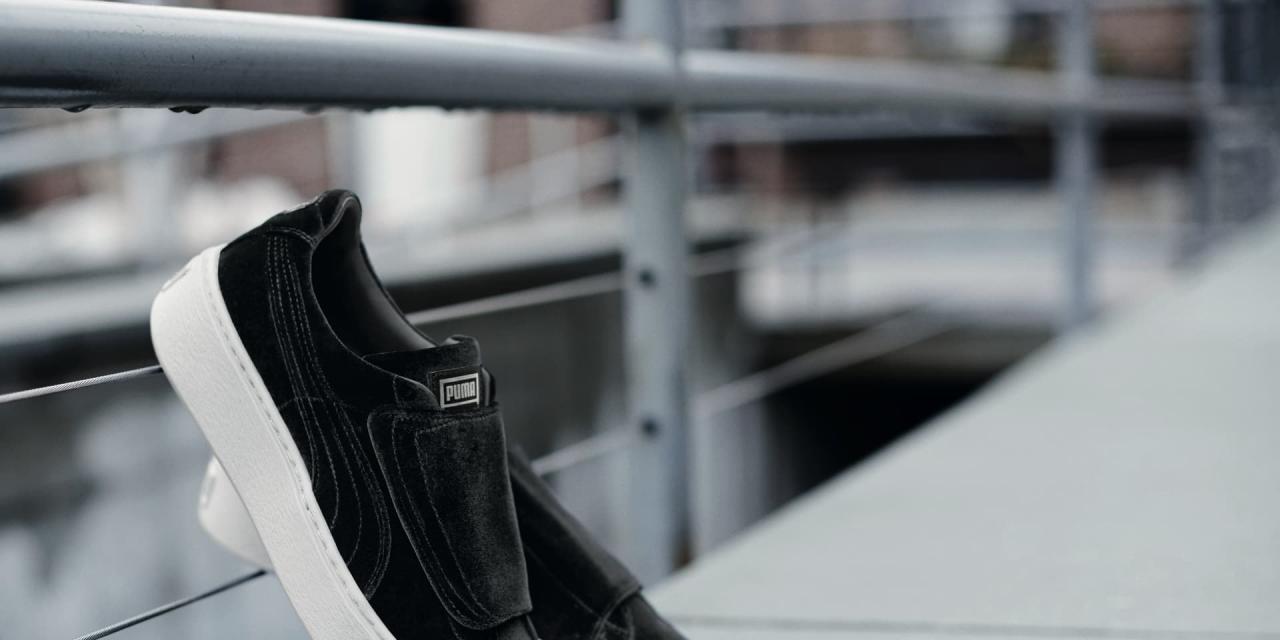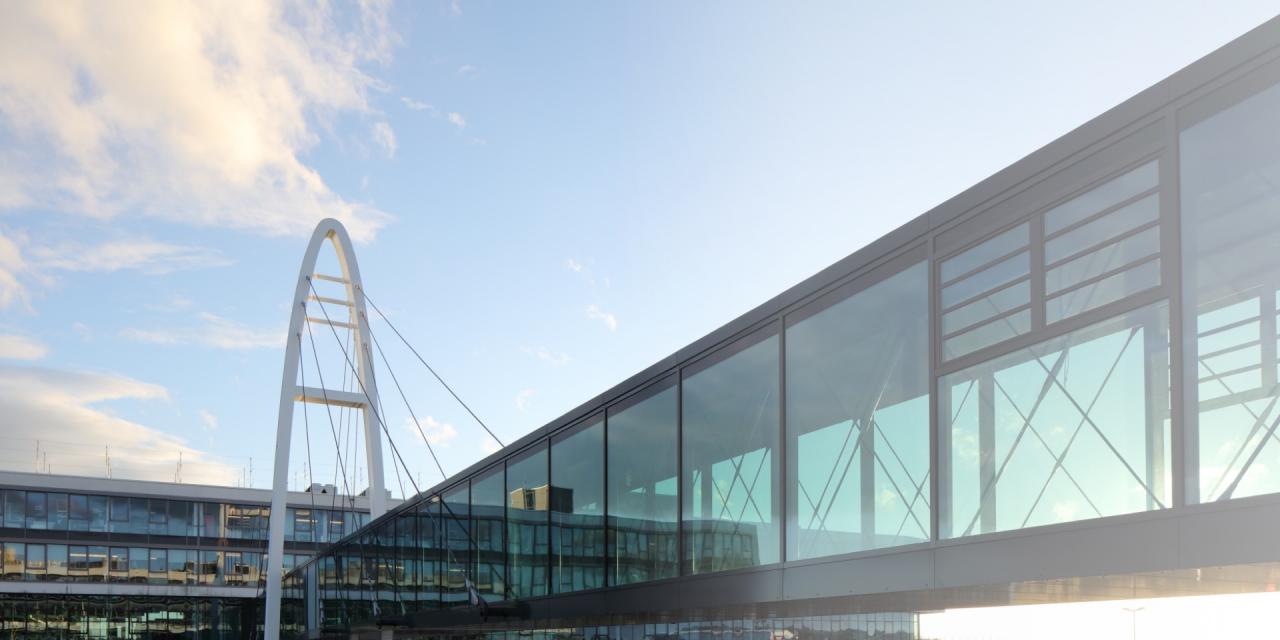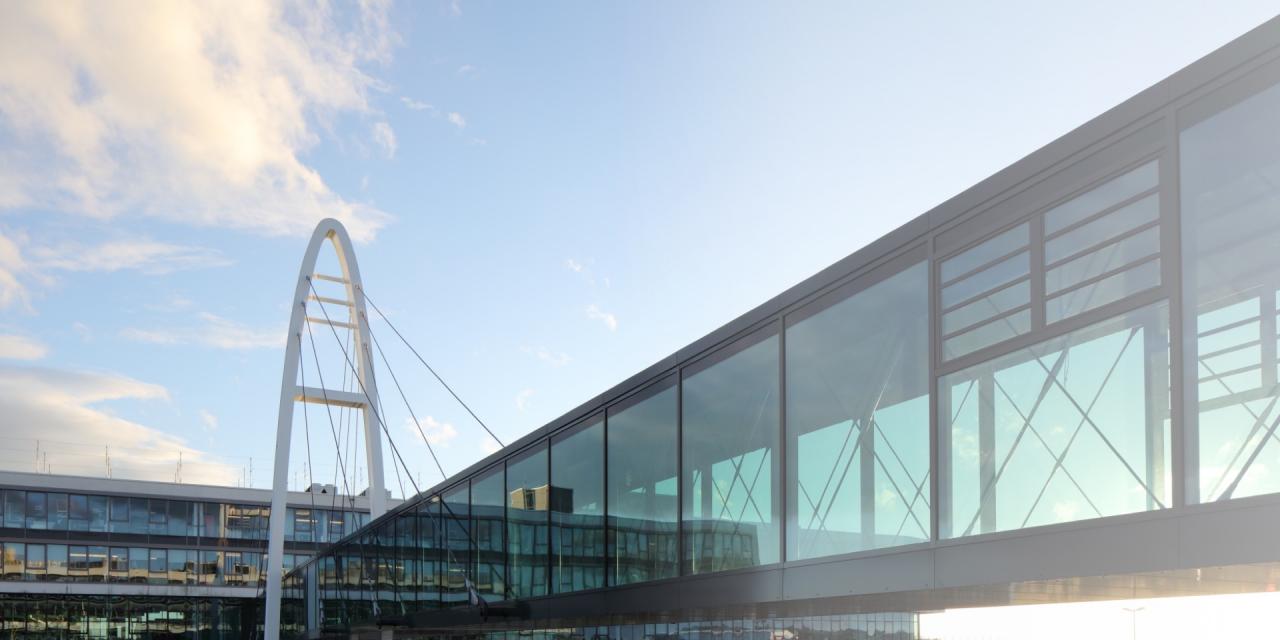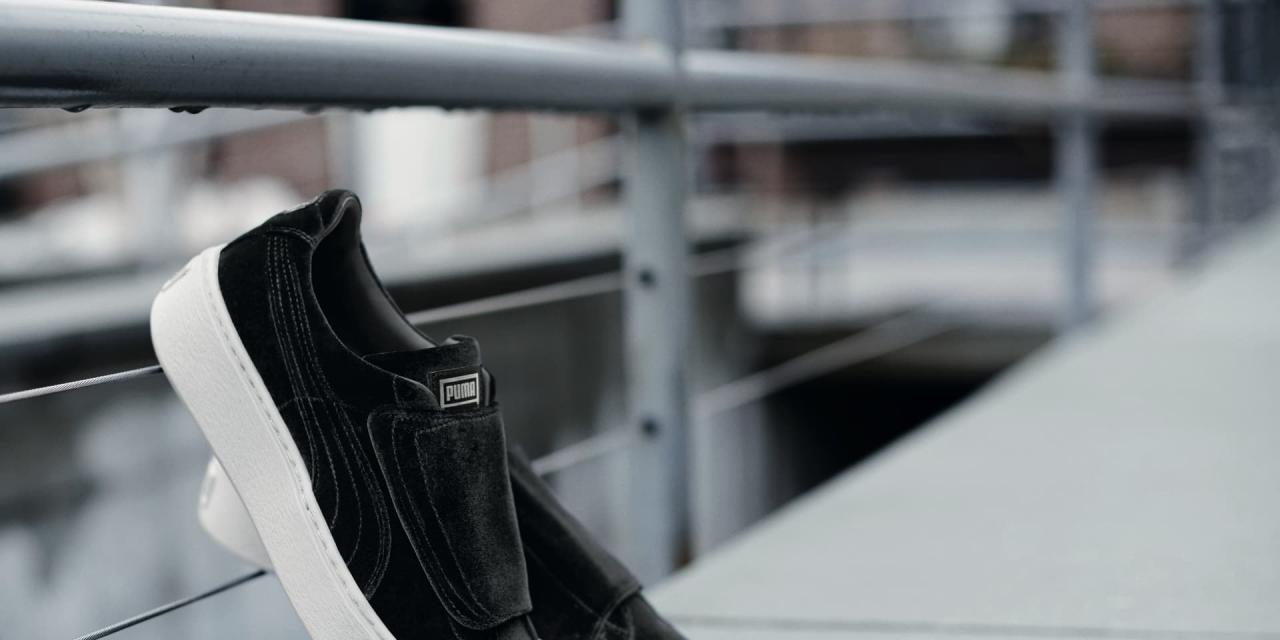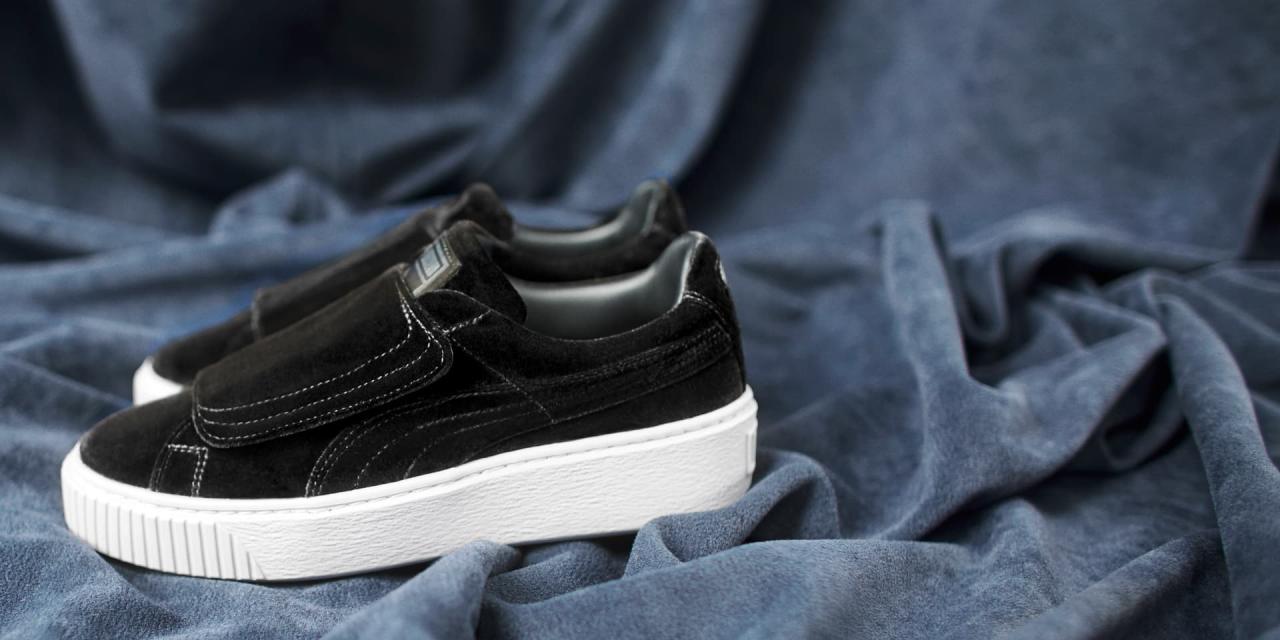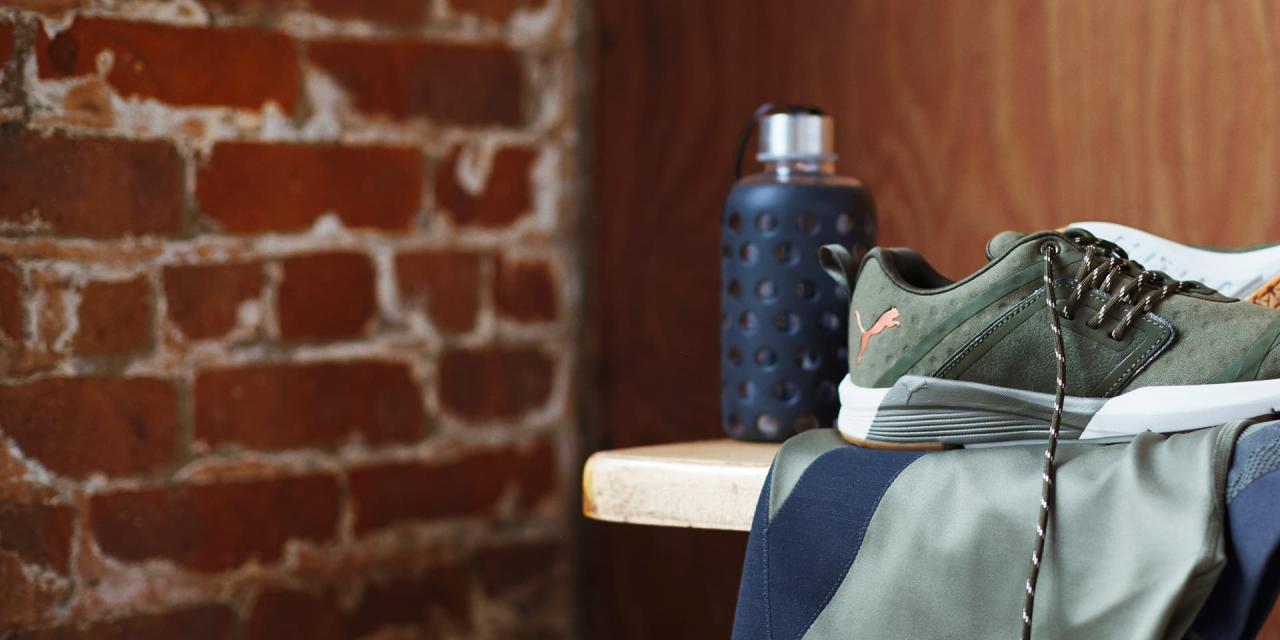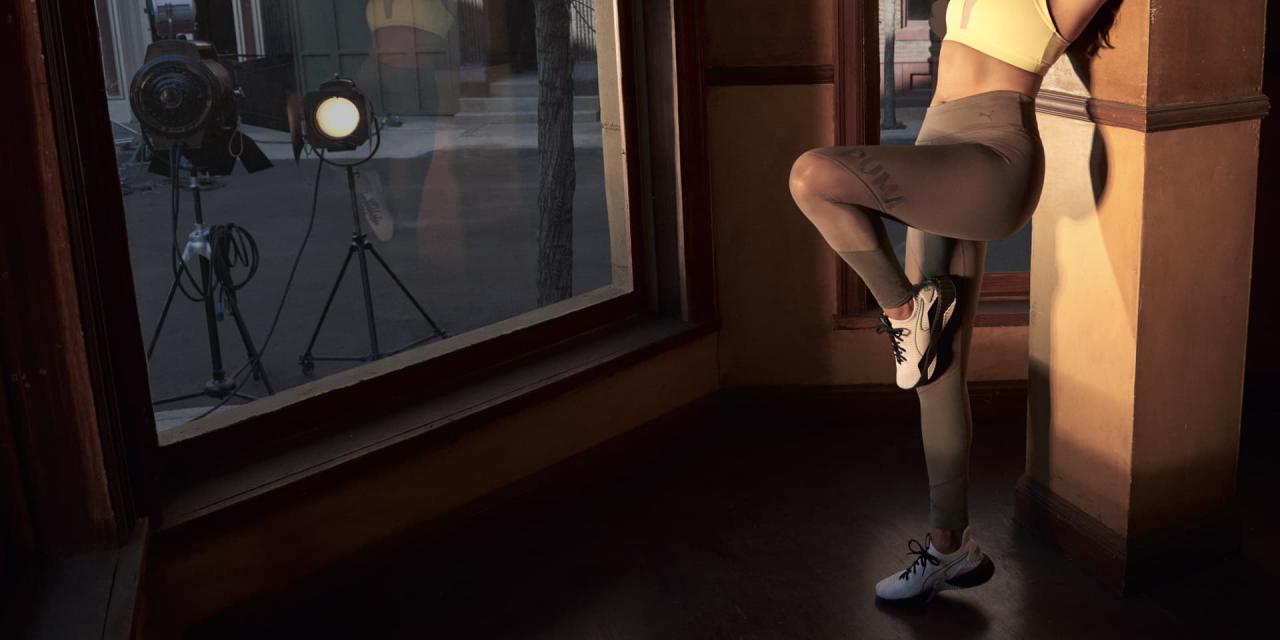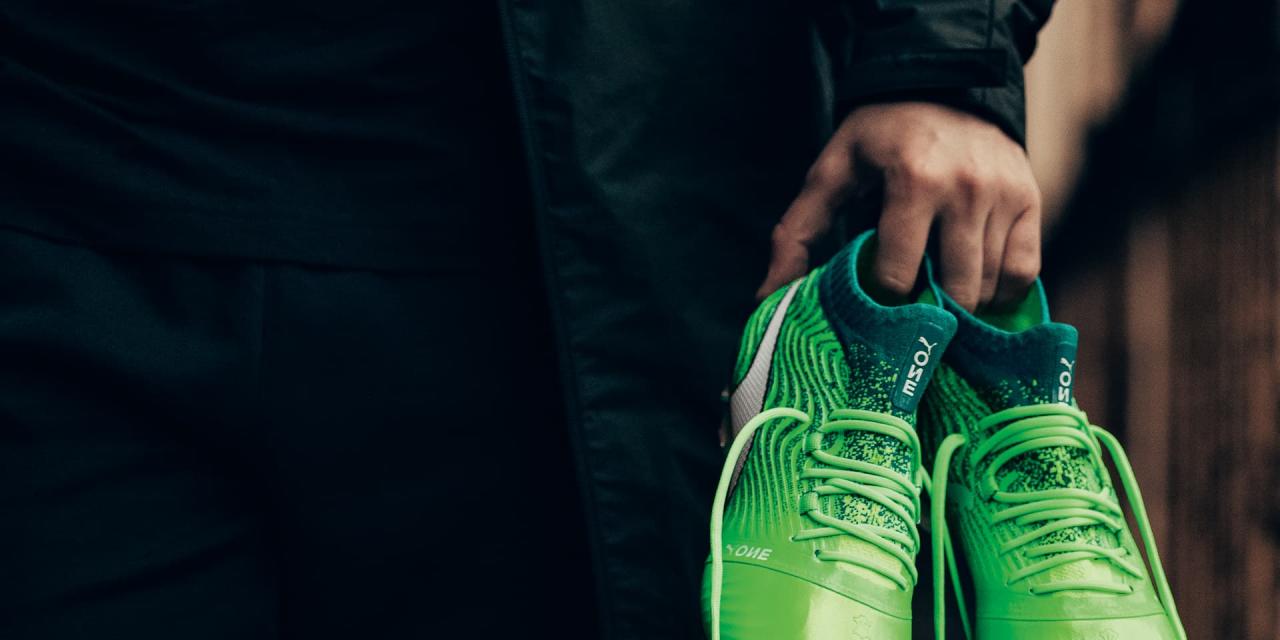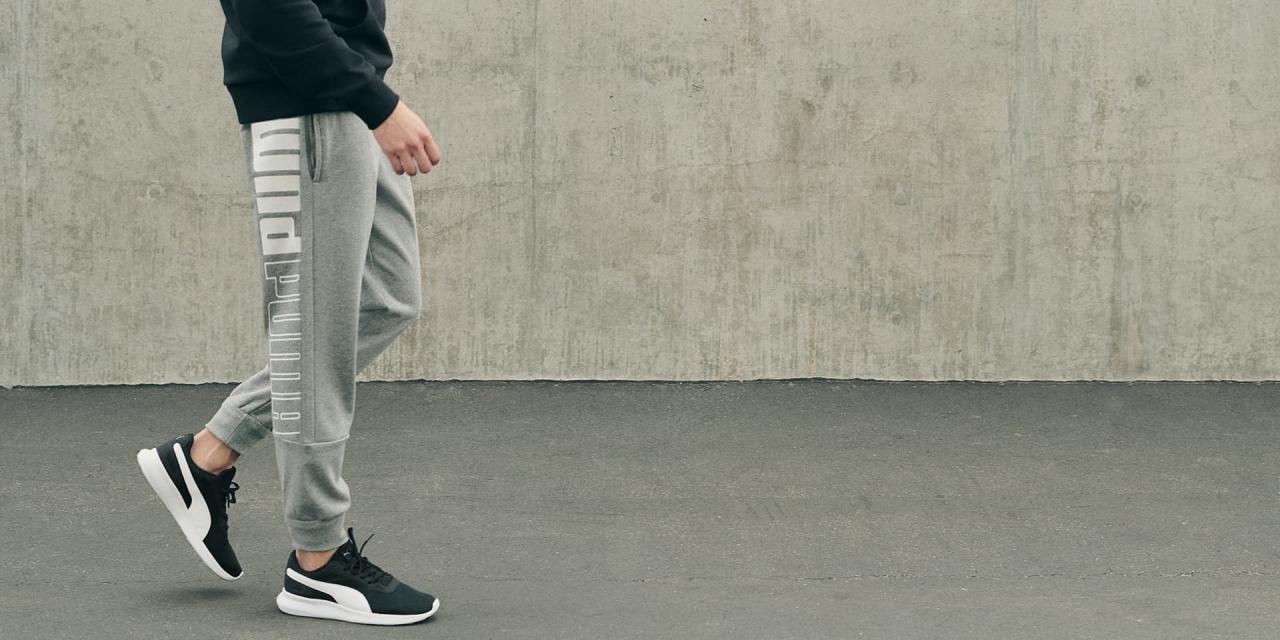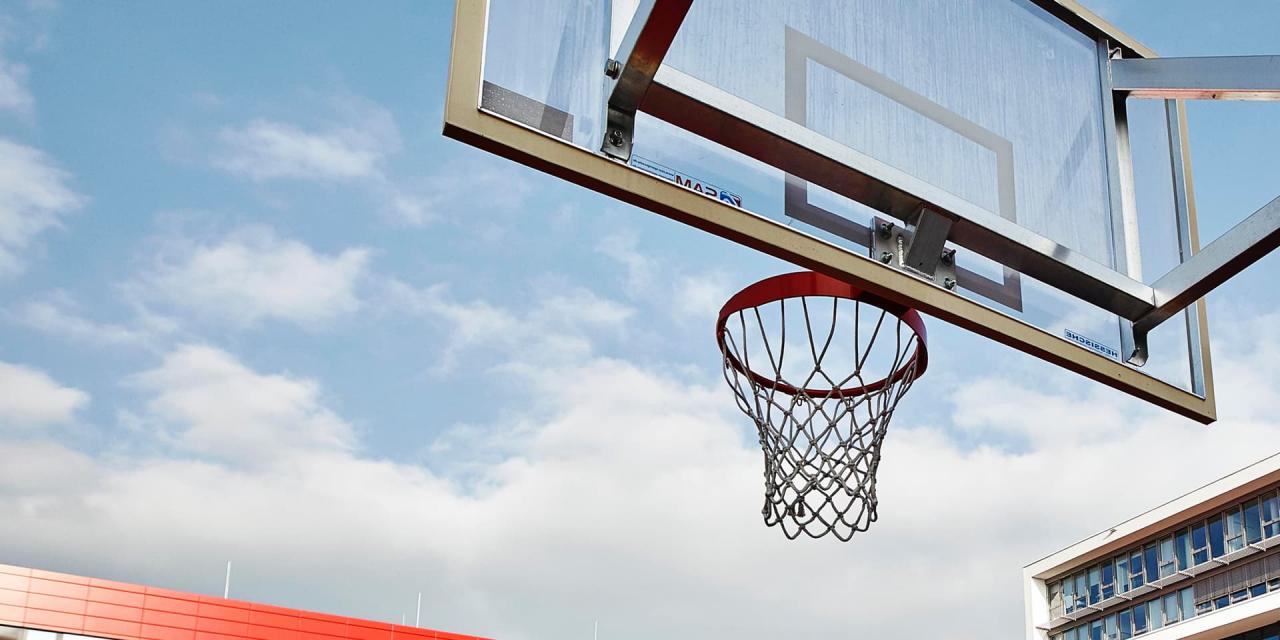Highlights Fourth Quarter:
- Consolidated sales down 10.1% currency-adjusted
- Gross profit margin at 51.0%, up 430 basis points versus last year
- Operating result up 21.3% to € 45 million
- Special items of € 18 million impact net earnings
- EPS up 80% at € 1.08 after € 0.60 last year
Highlights January – December:
- Consolidated sales decreased 3.7% currency-adjusted
- Gross profit margin at 51.3% versus 51.8% last year
- Operating result at € 320 million or 13.0% of sales
- EBIT including special items at € 192 million
- EPS at € 8.50 versus € 15.15 last year
- Free cashflow before acquisitions at €256 million up 130% and 2nd best result in history
Outlook 2010:
- Despite a continuously tense global economy the currency-adjusted sales volume in 2010 is expected to at least reach last year’s level.
- A comparable gross profit margin will be targeted in spite of a lower currency hedging position and higher proportion of team sport product sales.
Increased marketing expenses are to be expected during the World Cup year, whereas the 2009 cost reduction program should provide for cost savings and increases in efficiency, which should at least compensate the one-off expenses.
Jochen Zeitz, CEO: “Despite the global financial crisis and only a few major sports events, PUMA remained firm in a difficult market environment, posting an only moderate decline in annual sales along with the second best cashflow development in the history of the company. The comprehensive restructuring and reengineering program that we implemented during the year enabled us to become an even more efficient and focused company that is aligned to today’s economic realities. PUMA had an excellent and successful start into the football year by winning the African Cup of Nations with Egypt. We will turn the Football World Cup in South Africa into a home game and are determined to make use of and invest in all opportunities that offer further growth to strengthen the brand’s and company’s desirability in the long run.”
The Year 2009
As a result of the financial crisis and its impact on the global economy, 2009 proved to be very challenging for all market participants. Despite the global recession and only a few major sporting events, PUMA succeeded in standing its ground in the difficult market environment. The performance of Usain Bolt at the World Athletics Championships in Berlin, where he broke the 100m and 200m world records, was, among others, a particular highlight for the PUMA brand.
As early signs of the economic deceleration appeared, PUMA pro-actively implemented measures starting in Q4 of 2008. During 2009, management continued to install a comprehensive restructuring and re-engineering program to optimize the retail portfolio, the global organizational structure and operational processes. This resulted in one-off expenses in the amount of € 127.8 million
Currency-adjusted, global brand sales decreased by 6.4% to remain above € 2.6 billion. Currency-adjusted consolidated sales declined by only 3.7% to approximately € 2.5 billion. Despite the difficult market environment, the gross profit margin stood at a robust 51.3%, which means that PUMA continues to maintain its position at the upper echelon of the sporting goods industry. The operating profit before special items totaled € 320.2 million or 13.0% of sales, compared to 13.9% in the previous year. Including special items, earnings per share amounted to € 8.50 compared to € 15.15 in the previous year. Working capital decreased by 9.9% to € 397.8 million. This strongly supported the free cashflow before acquisitions, which more than doubled from € 110.7 million to € 255.8 million, yielding the second best result in the company’s history.
The price of the PUMA share stood at € 231.84 at the end of the year and increased by 65.2% year-on-year, which resulted in a market capitalization of approximately € 3.5 billion.
Sales and Earnings Development 4th Quarter 2009
Consolidated sales decreased currency-adjusted as expected by 10.1% in the fourth quarter 2009 and totaled € 489.5 million. In the fourth quarter which traditionally is the weakest, sales were effected by the significantly reduced inventory leading to less close out sales.
Currency adjusted sales in EMEA were down 10.9%, Americas sales decreased 2.6% and Asia/Pacific 16.2%. Footwear sales decreased 16.8% and Apparel 10.9%. Sales in Accessories increased 39.4%, mainly from first time consolidation effects.
The gross profit margin increased to 51%, up 430 basis points from last year. All regions and product segments contributed positively.
While operating expenses decreased by 9.2% to € 209.7 million, the cost ratio increased to 42.8% versus 41.1% last year due to the lower sales basis in Q4 2009. Operating profit (before special items) improved by 21.3% from € 37.2 million to € 45.1 million or from 6.6% to 9.2% as a percentage of sales. Including special items, earnings per share were at € 1.08 compared to € 0.60 in the previous year.
Further cost saving potential has been identified, leading to additional € 17.8 million one-off expenses.
Sales and Earnings Development January-December 2009
Global Brand Sales
Worldwide PUMA brand sales, comprised of licensed and consolidated sales, dropped by 6.4% currency-adjusted to just above € 2.6 billion. In Euro terms, this corresponds to a 5.3% decrease.
Consolidated Sales
Currency-adjusted sales decreased by 3.7% to € 2,460.7 million in 2009 which corresponds to a 2.5% decrease in Euros.
The Footwear segment posted a decrease in currency-adjusted sales by 7.8% to € 1,327.8 million. The share in consolidated sales stood at 54.0%, compared to 56.8% in the previous year.
Currency-adjusted sales in the Apparel segment dropped by 7.4% to € 852.9 million, representing a 34.7% share in consolidated sales, compared to 35.6% in the previous year.
Currency-adjusted sales in the Accessories segment increased by 44.0% to € 280.1 million, which is primarily due to first time consolidation effects. The share in consolidated sales increased to 11.4%, compared to 7.6% in the previous year.
Gross Profit Margin
As a result of the promotional environment and a change in the regional mix, the gross profit margin decreased by 50 basis points to 51.3%, which is still in the upper echelon of the sporting goods industry. In absolute figures, the gross profit margin decreased by 3.4% from € 1,306.6 million to € 1,262.4 million
The gross profit margin for Footwear was 50.2%, compared to 51.7% in the previous year. The gross profit margin for Apparel increased from 51.9% to 52.1% while Accessories recorded a significant increase in the gross profit margin, rising from 51.7% to 54.3%.
Operating Expenses/Result
As a result of the cost reduction measures, operating expenses before special items decreased from € 982.0 million to € 962.8 million, or by 2.0%. As a percentage of sales, the cost ratio stood at 39.1%, compared to 38.9% in the previous year.
Within selling expenses, expenses relating to marketing/retail declined from € 528.6 million to € 494.1 million, corresponding to a cost ratio decrease from 20.9% to 20.1% of sales. However, previous year’s expenses include costs related to the Olympic Games and the 2008 European Football Championship.
Other selling expenses increased by 4.7% to € 309.8 million, or from 11.7% to 12.6% of sales. Expenses for product development and design increased from € 55.1 million to € 58.1 million, or from 2.2% to 2.4% of sales. Administration and general expenses decreased from € 102.4 million to € 100.9 million, with the cost ratio remaining unchanged at 4.1% of sales.
The total depreciation amounted to € 60.2 million, which reflects an increase of 7.7% compared to the previous year, mainly attributable to first time consolidation and full year effects of last year’s expansion of the company’s own retail operations.
Operating profit before special items was € 320.2 million, compared to € 350.4 million in the previous year. As a percentage of sales, this corresponds to an operating margin of 13.0%, compared to 13.9% last year.
Special Items – Reengineering and Restructuring Program
In light of the difficult market environment, PUMA implemented further measures in the first quarter of 2009 to ensure long-term and profitable growth. The management installed a rigorous reengineering and cost reduction program that will reduce the initially planned costs on an annual basis. The originally required one-off expenses of € 110 Mio have increased to € 127.8 million. The one-off expenses relate to the optimization of the retail store portfolio, the global organizational structure and the re-engineering of some key operational processes. Considering non-cash impacting depreciation, € 84.5 million of the one-off expenses will become cash relevant. The cost reduction program will help to further reduce the planned costs and provide for cost savings beyond our original target of up to € 150 million.
Including the special items, the operating profit (EBIT) amounted to € 192.4 million, or 7.8% of sales.
Financial Result
The financial result was € -8.3 million, compared to € 1.1 million in the previous year. Significantly lower interest rates and the higher interest portion relating to purchase price liabilities have had a negative impact on the financial result.
The financial result includes interest income in the amount of € 3.8 million (vs. € 11.9 million in the previous year), as well as interest expenses in the amount of € 6.6 million (previous year: € 6.7 million). The financial result also includes expenses relating to accumulated, long-term purchase price liabilities from corporate acquisitions in the amount of € 4.4 million (previous year: € 3.1 million), as well as expenses in the amount of € 1.1 million (previous year: € 1.0 million) stemming from the valuation of pension plans.
Earnings before Taxes
Earnings before taxes (EBT) decreased from € 326.4 million to € 184.1 million, or from 12.9% to 7.5% as a percentage of sales. This reduction is primarily due to the special items. Tax expenses decreased from € 94.8 million to € 58.2 million. The tax rate stood at 31.6%, up from 29.0% in the previous year. This was mainly attributable to the recognition of one-off expenses for tax purposes in the respective countries.
Net Earnings
Net earnings in the 2009 financial year amounted to € 128.2 million, compared to € 232.8 million last year. The net rate of return was 5.2%, compared to 9.2% in the previous year. Earnings per share and diluted earnings per share amounted to € 8.50, compared to € 15.15 in the previous year.
Regional Development
Currency-adjusted sales in the EMEA region declined by 4.0% to € 1,217.6 million. The share of the EMEA region in consolidated sales amounted to 49.5%, compared to 51.5% in the previous year.
By product segments, currency-adjusted Footwear sales decreased by 13.1%, and Apparel sales declined by 9.5%. As a result of the acquisition of a former licensee, Accessories sales nearly doubled with an increase of 98.7%.
The gross profit margin stood at 53.3%, compared to 53.5% in the previous year.
The Americas region posted an increase in currency-adjusted sales of 0.6% to € 665.2 million. The share in consolidated sales stood at 27.0%, compared to 25.8% in the previous year.
Currency-adjusted Footwear sales were up by 1.2%, and Apparel sales recorded a 0.1% increase. Accessories sales decreased by 4.3%.
The gross profit margin stood at 48.2%, compared to 49.2% in the previous year.
Currency-adjusted sales in the US market, which is the region’s largest market, decreased by 0.9% to
USD 533.5 million.
Currency-adjusted sales in the Asia/Pacific region decreased by 7.7% to € 578.0 million. The share in consolidated sales increased to 23.5%, compared to 22.7% in the previous year.
Currency-adjusted Footwear sales decreased by 10.4%, Apparel sales by 7.4% and Accessories sales remained unchanged at the previous year’s level.
The gross profit margin remained unchanged at the previous year’s level of 50.8%.
Net Assets and Financial Position
Equity
Total assets as of December 31, 2009 increased by 6.1%, rising from € 1,898.7 million to € 2,014.1 million, particularly due to the strong increase in cash and cash equivalents. The equity ratio stood at 61.6%, compared to 62.0% in the previous year. In absolute terms, shareholders’ equity increased by 5.3% to € 1,239.8 million, compared to € 1,177.2 million in the previous year. Despite the global economic conditions, PUMA continues to have extremely solid capital resources.
Working Capital
Due to a strong working capital management, the company succeeded in reducing working capital by 9.9%, or from € 436.4 million to € 393.1 million. As a percentage of sales, this corresponds to an improvement from 17.3% to 16.0%. The working capital improvement was mainly attributable to a significant 19.1% reduction in inventories to € 348.5 million. Trade receivables were up slightly by 0.3% to € 397.8 million, while trade payables decreased by 2.6% to € 262.1 million.
Cashflow
The strong working capital management enabled the Company to achieve its second best free cashflow (before acquisitions) in its history, nearly matching 2004’s record result.
Net cash used for investing activities increased from € 133.3 million to € 139.2 million. Other investing activities include the purchase of fixed assets in the amount of € 54.5 million, compared to € 119.2 million in the previous year, as well as € 84.4 million for purchase price liabilities in connection with corporate acquisitions, compared to € 24.9 million in the previous year.
As a result, the free cashflow improved significantly from € 85.8 million to € 171.4 million. Excluding payments for acquisitions, the free cashflow more than doubled from € 110.7 million to € 255.8 million. As a percentage of sales, free cashflow (before acquisitions) stood at 10.4%, compared to 4.4% in the previous year.
Cash and cash equivalents reported as of December 31, 2009 increased from € 375.0 million to € 485.6 million.
Dividend
The Board of Management and the Supervisory Board will propose a dividend in the amount of € 1.80 per share (previous year: € 2.75) be paid out for the financial year 2009 from the retained earnings of PUMA AG. As a percentage of consolidated net earnings, the dividend pay-out rate increased from 17.8% to 21.2%. The dividend is to be paid out on the day following the Annual General Meeting, where the profit distribution is authorized.
Outlook 2010
In light of the ongoing restrictive consumer environment and the overall global economic volatility, continued restrained consumer behavior is to be expected. A quantitative estimate for 2010 is therefore difficult to make, despite the current positive impetus from the Football World Cup. However, we expect that currency-adjusted sales in 2010 will at least reach last year’s level. PUMA will strive for a gross profit margin comparable to the previous year, despite the present currency hedging position and a higher proportion of team sport products with lower contribution margin.
Increased marketing expenses are to be expected during the World Cup year, whereas the cost reduction program should provide for efficiency increases and cost savings to ensure the company’s sustained earnings power.
A clear improvement in net earnings will be achieved, as no special items are expected for 2010. Under consideration of these planning parameters and omitting the special items, we strive to achieve an improvement of our net results.
This document contains forward-looking information about the Company’s financial status and strategic initiatives. Such information is subject to a certain level of risk and uncertainty that could cause the Company’s actual results to differ significantly from the information discussed in this document. The forward-looking information is based on the current expectations and prognosis of the management team. Therefore, this document is further subject to the risk that such expectations or prognosis, or the premise of such underlying expectations or prognosis, become erroneous. Circumstances that could alter the Company’s actual results and procure such results to differ significantly from those contained in forward-looking statements made by or on behalf of the Company include, but are not limited to those discussed be above.
